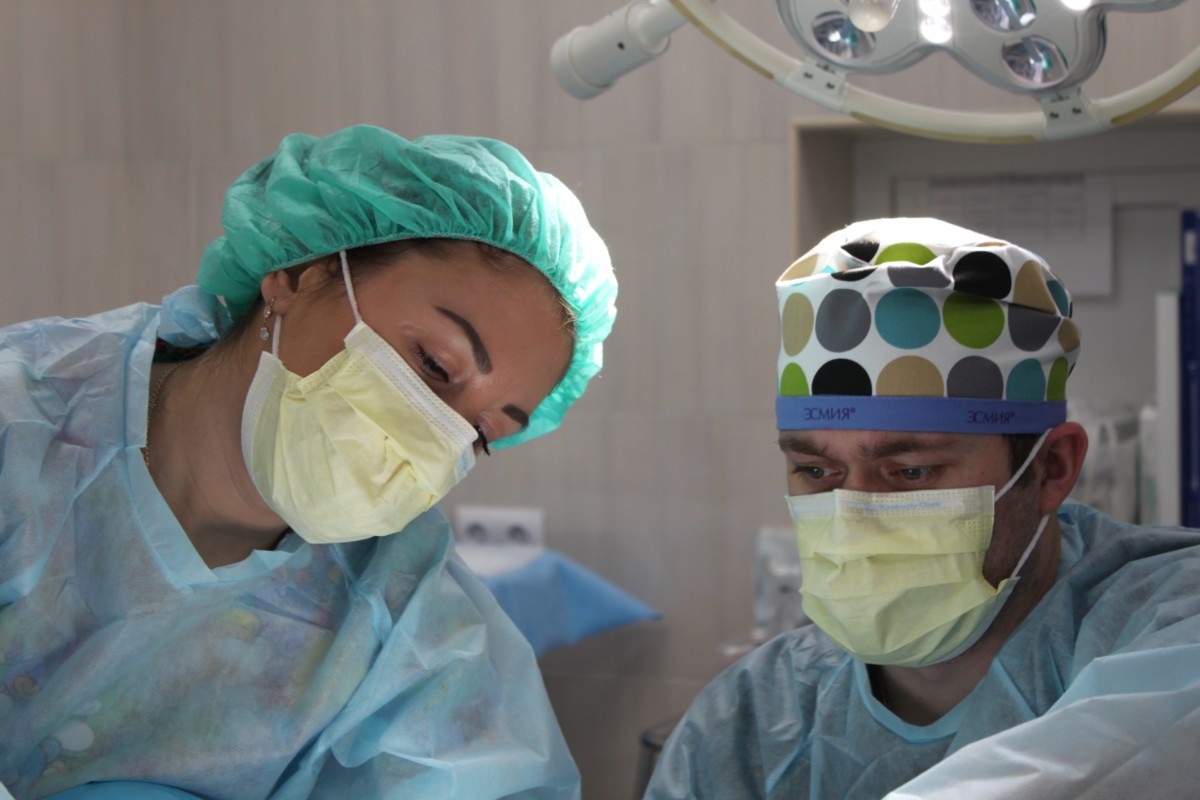Dupuytren’s disease is a topic that not a lot of people are educated on so here we have an in-depth look at what causes the disease and how it can be treated.
Causes
Unfortunately there is not a specific cause to this disease and it still remains unknown, however there are certain biochemical factors that can affect the palm of your hand’s connectivity tissue that might be involved with the disease.
Even though there might not be an exact cause for this disease there are definitely some factors which can later contribute to developing the Dupuytren contracture. For example, if you have a relative who has the condition then this may be passed on to you through genetics and if that is the case then there is no need to worry as there is treatment for the disease.
Furthermore, if you are a heavy drinker, smoker and are diabetic this can all lead to this condition but research shows that you’re likely to obtain this if you are 40 years of age or older. The cases also show that women are less likely to have the condition and it is more prominent for men studies show.
View this post on Instagram
Symptoms
There are a few symptoms which will indicate that you may potentially have Dupuytren’s disease and the symptoms will appear in phases. Firstly, you will begin to notice lumps under the skin in the palm of your hand and these are called Nodules. To start with the lumps may feel sore but the discomfort will go away.
Then the nodules will cause the tough cord bands of tissue to form under the skin of the palm and unfortunately from here these bands will cause the fingers to curl forward towards the wrist. This may feel uncomfortable so if this starts to happen we strongly advise for you to get in touch with the doctor so you can discuss what the next step for you may be.
The third and final symptom is contracture. This is where the curling will get much worse as it will become near impossible to straighten your fingers and this will affect you doing your daily routine in life.
This could include picking up an object or simply putting your hand inside of your pocket, the condition will have an effect on many other things too. So if you got to this stage be sure to make an appointment with the doctor so they can help you as much as they can.
Treatments
Non – Surgical Treatment
The bad news is there is no cure for Dupuytren’s disease but it is not a life threatening condition. Within some people the condition does not cause any discomfort for many years and some do not need treatment. But they might need monitoring just in case the condition does begin to cause pain.
If the condition is causing you a lot of pain then there are treatments available which can be either medical or surgical, depending on what you prefer. The two non surgical treatments you could potentially have are either a steroid injection or an enzyme injection.
If the nodule is very tender then your doctor may give you a steroid shot which is an anti inflammatory medicine which will reduce the swelling. It will help ease the pain and in some cases prevent the condition from getting worse, however, it will not straighten your finger. To see a significant improvement there is a chance you will need to take numerous injection shots to see what the results would look like long term.
Furthermore, if your fingers are already bent then your doctor may decide that it is best for you if they give you a shot of Xiaflex, which is a mixture of enzymes that will help combat against the thick and tight tissue – therefore gradually the tissue will begin to dissolve.
The Xiaflex shot will weaken the tightened bands and this may allow your doctor to try and stretch the area that is in most discomfort. The side effects you may have could be numerous of things such as swelling, bruising, pain at the injection site and bleeding.
Surgical Treatment
If when you have had the non surgical treatment the condition starts to get worse then the doctors will most likely decide surgical treatment will be the next step. There are two surgical treatments that would be available, with the first being Fasciotomy.
During this procedure the thick cord of ligament tissue will divide so that the affected area will be able to move more freely. The doctor will numb the area and make a small surgical cut in the palm of your hand near the affected finger.
The second available surgery that is available is Subtotal Palmar Fasciotomy, during this procedure the doctor will remove as much of the cord and tissue as possible so that your finger will be able to straighten out. To be able to reach the affected area the doctor will most likely make a zig zag surgical cut in your hand as this will enable them to reach the affected area.
This is a much more complicated surgery compared to Fasciotomy as there will be a recovery time once the surgery is complete. The recovery will include possible physical therapy, being extremely careful with the area that has had the treatment as it will be incredibly tender and a skin graft will most likely be needed too.
Surgical Risks
As with all surgery there are always some risks and complications that could occur once it has been completed. So we strongly suggest that if you decide you would like surgery then make sure you go through all the risk factors before you make a final decision. Firstly, a complication you may encounter could be an infection to the area you had treatment on, and this is not an uncommon thing that happens too.
Also, injury to the nerves and blood vessels in the hand may occur as the doctors are cutting open your hand to fix the tissue that is causing you problems. Therefore this may result in the blood vessels and nerves being harmed from this procedure, although the injury will not be classed as severe, it will still be an injury nevertheless that you will have to recover from.
Finally, it will definitely be wise to have a chat with your doctor about all the non or actual surgical treatments as they will give you an in-depth look and what are all positives and potentially negatives are about certain treatments. By the end of it they will know what will be the best option for you.
We hope you enjoyed reading our blog on Dupuytren’s disease. Be sure to get in touch to let us know your thoughts on the topic.


